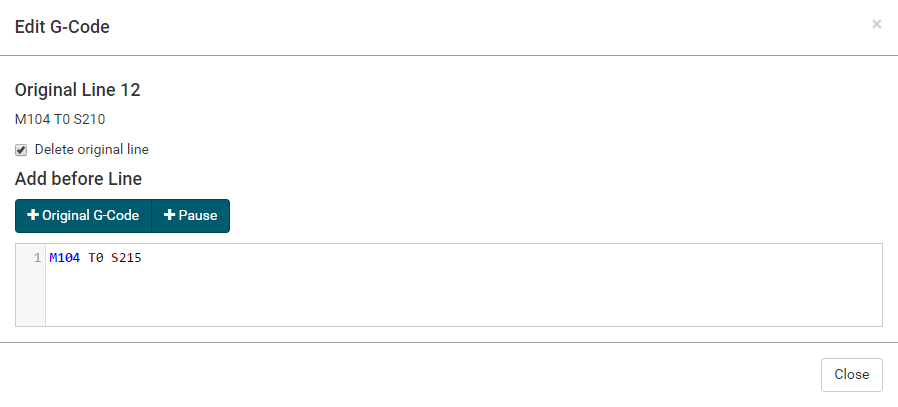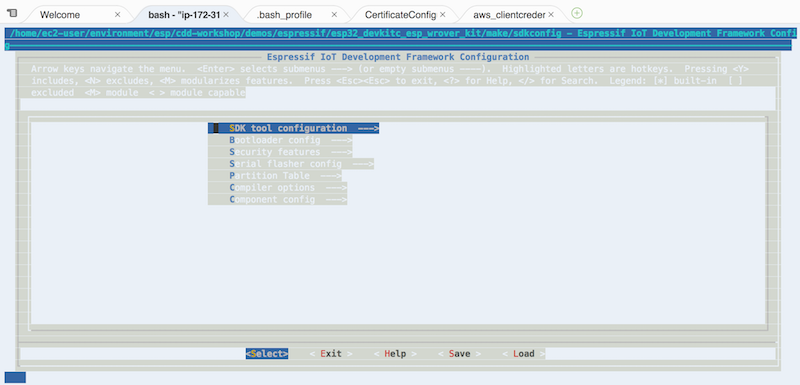

- #Repetier server touchscreen mode exit serial#
- #Repetier server touchscreen mode exit full#
- #Repetier server touchscreen mode exit software#
all ready for flashing:Īfter that is done, head over to and follow the wizard to flash your device. This is a bit of an odd step, as you will need to unfold a paperclip and plug it into a couple of the pins on your C.H.I.P. In order to perform a flash, you will need to put your C.H.I.P. As it turns out, in the 4.4 firmware at least, it is! to get the latest and greatest image for the device and hope this was resolved. I also hadn’t used the device in quite a while, so I figured it was a good idea to reflash my C.H.I.P.

Apparently, /dev/ttyUSB0 should have been a choice, and it wasn’t there.
#Repetier server touchscreen mode exit serial#
firmware didn’t include the USB Serial drivers in the kernel.

After some searching around (most of the stuff out there is for the Raspberry Pi, which is a very similar device) it seems like the first builds of the C.H.I.P. It wasn’t connecting to the printer, and when I installed Repetier-Server it couldn’t find the printer. right after I got it so I could use the VGA adapter I got with it, but when I tried to set it up (monitor, keyboard, and all) connected to the 3D printer, I ran into some issues. Besides the instructions themselves, another major intent of this article is just to say that yes, it works, and it doesn’t require a lot of convoluted process to set up. pretty much the only thing I found was “it should” and some references to running it on the Raspberry Pi. When I went looking to see if Repetier-Server would run on the C.H.I.P. If you are an experienced Linux user, this is a very straightforward process.
#Repetier server touchscreen mode exit software#
I had been using Repetier-Host on my PC with its embedded Repetier-Server, so I really wanted to keep using the software as it was my favorite of the 3D printing apps I’ve tried so far. kickstarter a while back, and had a $9 computer I had played with for a while and then not gone back to, so it seemed like a great opportunity to put it to use.
#Repetier server touchscreen mode exit full#
That being said, running a GUI docker host and just having the PI automatically execute a browser session in full screen pointed at that URL would effectively accomplish the same goal.My wife got me a 3D Printer (the MonoPrice Maker Select V2) for Christmas, and while I initially had it connected directly to my PC, when I rearranged things it was no longer close enough to be practical to connect with a USB cable. Torizon Storyboard does exactly this for embedded systems.

The container would obviously need to be run in privileged mode and be mapped to the touchscreen device (to be honest I can't remember if the touchscreen is I2C or LVDS). The container would directly interface with the touchscreen via LVDS or I2C or something. My hope was to run docker under a GUI-less host (like ubuntu server). I guess what I was looking for is really quite niche and out of the standard realm for docker. If you want to access repetier with different ip and don't bother with port forwarding you can create docker vlan So I guess it should work as expected if you have this image running on the same pi you have your touchscreen, you could use either localhost:3344 or your pi ip:3344 In fact, you can access the interface via (where 3344 is the port when runned with -p 3344:3344 and host-ip the ip of the machine on where you run the container) My printers does not have any touchscreen, but if you're a referring to this interface from repetier, this docker image should be able to provide it once you've configured your printer and setuped the license.


 0 kommentar(er)
0 kommentar(er)
